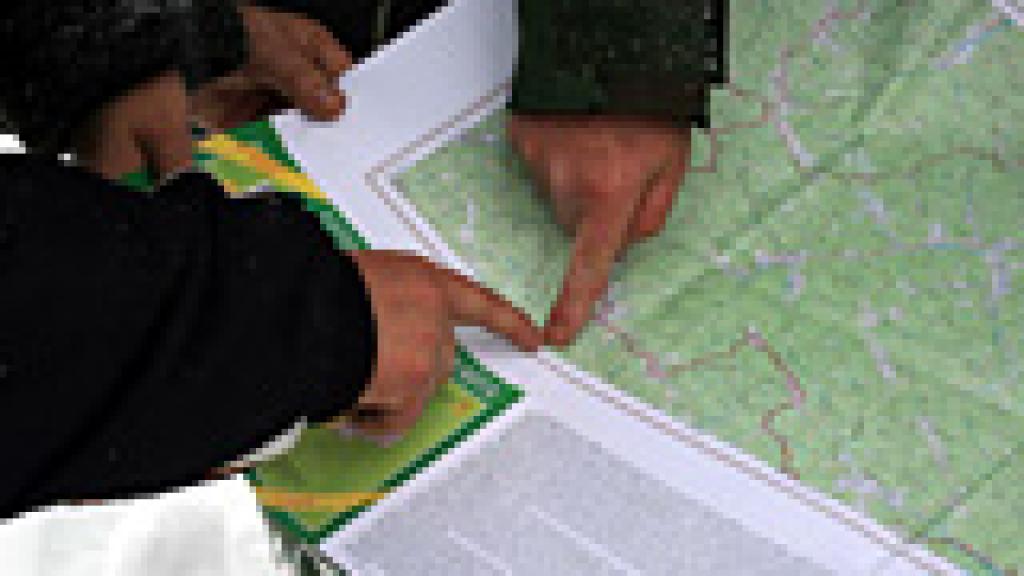Recent measures in Hungary: Update on the redsluge accident management
Ajka, 15 November 2011. The redsludge accident of October 4 has generated a world-wide interest in the area of Ajka in Western Hungary. Since then, media attention has ceased. This article aims to provide an English summary of the measures that were taken to manage the accident since October 20.

November 15: After the emergency arrangements and basic cleaning of the polluted villages, measures are now extended increasingly to the periphery of the disaster. The surroundings of water bodies are at the focus of these damage control measures.
November 10: The water quality measures continued. Based on current results, the consumption of drinking water is safe. The concentration of particulate matter (flying dust) is higher than hygienic thresholds demand in Devecser, but not at the other sampling sites in Ajka and Apácatorna. In Devecser, air cleaning equipment was installed and operated in elementary schools.
November 5: Experimental remediation began in a polluted 1.5 hectare big area. Compost and humic acid were transferred into this area. In total, almost 300 tonnes of camion material were applied to the soil. After this, the mother spawn was prepared as a preliminary process preceding the plantation of an energy forest. This measure focused on the priority area that was damaged most severely. In another step, the periphery was targeted.
The state in which the arable land was at the time of the accident was key to the degree to which the land was polluted: Land that was already ploughed and prepared for throwing were affected less severely than areas still covered by plants such as corn. Least affected areas will be treated with remediation material such as dudarit, manure or compost. According to a current estimate, in an area of 300 to 400 hectares no soil removal is required. In an area of 100 to 150 hectares, increased attention is required. In some 500 hectares of land, the soil layer will have to be removed. This applies to a layer of 2 to 10 centimetres; experts will decide on the depth of this layer for each specific area. Following the removal, an energy forest should be planted here.
October 20: The regular monitoring indicated that pollutants such as alkali and heavy metals continued to get into the Torna River. Rainy weather caused a washout and as a consequence, the pH level of the water was fluctuating between 8.62 and 9.45 in early morning of October 19. As a response, some 20 to 40 tons of gypsum were applied at Somlóvásárhely to the water of the Torna and in Nomeskocs to the water of the Marcal in order decrease pH levels. No deviations from the normal pH levels were measured at the Danube. Ventilation equipment in the villages of Koroncó, Mórichida, Malomsok and Szergény remained in operation.






